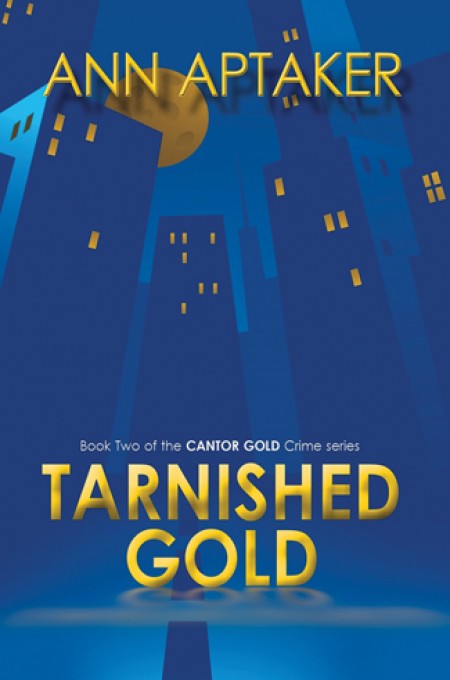The Henna Wars was my most-anticipated 2020 release. First of all, look at that beautiful cover! Plus, rival henna shop owners fall in love?? Who can resist that premise? As with many books I have high expectations for, I was hesitant to actually start it. Luckily, it lives up to the promise of that coverRead More
Tierney reviews Leah on the Offbeat by Becky Albertalli
Leah Burke is spending her last year of high school trying to figure out where she fits in, and often feeling awkward about the fact that she marches to the beat of her own drum. She tells the story from her perspective in Leah on the Offbeat, Becky Albertalli’s not-quite-sequel to Simon vs. The HomoRead More
Danika reviews How To Make a Wish by Ashley Herring Blake
Even before this book came out, I have been hearing 100% positive things about it. Lots of people whose opinions I respect have sung its praises, and with bi & lesbian YA readers, it’s widely accepted as a favourite. But despite these glowing reviews, I was reluctant to pick it up. Why? Honestly? Because IRead More
Danika reviews Knit One, Girl Two by Shira Glassman
I feel a little bit silly reviewing Knit One, Girl Two, because what can I say that hasn’t been said before? Especially considering that this is a novella! So consider this less of a review, and more of a reminder that this sweet little novella exists (and that you can get it for about $2!) ThisRead More
Megan Casey reviews Tarnished Gold by Ann Aptaker
I can’t think of a better time to post this review because Tarnished Gold—the second book in Aptaker’s Cantor Gold series—has just been named the co-winner of the 2016 Golden Crown Literary Award in the Mystery category. It was previously named co-winner of the Lambda Award, making it the only book ever to have wonRead More
